Unlock the Power of Pickling: From Fridge Filler to Gut-Friendly Friend
Imagine you are at your favorite burger restaurant and just ordered the biggest cheeseburger on the menu. You can already smell the savory beef patty, dripping with ketchup and oozing with mustard. You can feel the warmth of the toasty bun and can practically hear the crisp crunch of the lettuce and onions. You breathe deep, ready to take it in. One big bite, and oh, there’s something else on the burger you didn’t expect. It's definitely dripping like the sauces, but it's…sour. It also has that crisp crunch you were previously ecstatic about, but it's…different.
Ah, yes. It’s a pickle.
Now, some people may not notice the presence of pickles. Others may welcome its signature dill taste. However, a few (looking at you, Papa) despise them. Throughout childhood, I’ve often heard, “Oh great, now it’s ruined the whole sandwich.”. He would begrudgingly pick off the pickles and continue eating. As someone who likes pickles, I always thought it quite funny when he would accompany us to the annual Pickle Festival in Mt. Olive, NC.
Whether you have a love or hate relationship with pickles, there’s no denying that they have a lasting impact on the taste of our food. But did you know that they also have a secret superpower? As a probiotic?
Pickle Perfection: A Step-by-Step Guide to DIY Pickling
Before we dive into the prosperous world of pickling, let’s take a moment to review what a probiotic is. Not to be confused with prebiotics (more on those in this article), probiotics are composed of tiny microbes that live naturally in your gut. These little guys act as your personal defense team, guarding against infections and bacteria. Probiotics like to live in various foods such as yogurt, sauerkraut, kombucha, and, yes, pickles!
Okay, ready for the fun part? Prepare to pickle!
Step One: Gathering Your Arsenal: Essential Tools and Ingredients for Pickling Success
Pickling has many variations (which we will discuss below), but the essential ingredients remain the same no matter what you plan to pickle.
You will need:
- Fruits and vegetables for pickling (for this batch, we will use plain cucumbers)
- A jar (preferably a Mason jar, especially if you plan to can them)
- Vinegar
- Salt
- Sugar (Depending on your preferred taste)
- Water
If you plan to be more creative, you can also have some additional spices ready to play; garlic, dill, mustard seeds, or peppercorn work the best. Add turmeric or ginger to your pickles (more on these spices here) for those with GERD and IBS.
Step Two: The Brine Brigade: Crafting the Perfect Pickling Brine (with Variations)
While the pickles are the show's main star, the brine is the real pickle powerhouse. The brine is the liquid you place the vegetables in that pickles. Brine, also known as pickle juice, permeates the fruits or vegetables after they are placed in the jar and, over time, creates the signature flavor of the pickle. It is also a nifty preserving trick that helps fruits and vegetables stay ripe longer when canned correctly.
Crafting the perfect pickling brine can be puzzling. You’ll need to be willing to experiment and be ready to try, try, try again. Trust me, when you get the right combination, you’ll write it down and savor it for years. Here are a couple of recipes for brines:
The Mediterranean One
Combine 2 ¼ cups of water, 3 cups of vinegar, 2 ½ tablespoons of salt, 3 tablespoons of coriander, mustard seeds, peppercorn, and two or three bay leaves.
The Safe-For-Any-Vegetable One
Combine one cup of water, one cup of vinegar, 2 tablespoons of pickling salt (or one tablespoon of kosher salt), two sprigs of fresh dill, and one tablespoon of granulated sugar.
The Good Ol’ Southern One
Combine one cup of water and one cup of white vinegar. Add one tablespoon of kosher salt, one tablespoon of mustard seeds, ten fresh dill sprigs, and 4 dried bay leaves.s
Step Three: From Fridge to Fermented: The Pickling Process Explained Step-by-Step
Whatever you pick to pickle, you’ll find that the process remains the same.
- Make the brine: combine your recipe in a large pot. Bring the mixture to a boil and make sure the salt completely dissolves.
- Pack the jars: Slice the vegetables appropriately, depending on your vegetable. Cucumbers can be cut in wedges or slices, depending on your pickling preference. Add the sprigs and leaves to the jar with the cucumbers.
- Add the brine to the jars: carefully pour the mixture (it will be hot!) into the jars, covering the cucumbers and spices. Let them cool completely before touching them.
- Preserve the pickles: Some people choose to place the pickle jars in the refrigerator, while others choose to place them in a dark, temperature-controlled room (Grandma usually used the bottom of her pantry) and allow the mixture to marinate.
Pickling Pro Tips: Mastering the Art of Homemade Pickles
Pro Tip One: Troubleshooting Common Pickling Mishaps
One of the most common pickling problems is fitting the vegetables neatly in the jar. To facilitate this process, visualize what shape would work best for each vegetable. Carrots work best in round slices or thin sticks. Cauliflower florets may need to be diced. Onions will need to be halved and sliced. Eggs are easy—just plop them in!
Another common problem is mastering the water-to-vinegar ratio. This will often depend on what kind of vinegar you choose to use. Most people will select white vinegar, but red wine or apple cider vinegar works just as well. The best practice is to keep the water-to-vinegar ratio even. Be sure to add one cup of water for every cup of vinegar you add. If you like your pickles on the sour side, switch to a 2 to 1 ratio of vinegar and water.
Pro Tip Two: Flavor and Fermentation: Experimenting with Spices and Herbs
As mentioned above, creating the perfect brine requires trial and error. This is the time to test your kitchen creativity! For a classic pickle, be sure to add lots of dill. For bread and butter pickles (my Grammy’s personal favorite), add a combination of white and apple cider vinegar to granulated and brown sugar, mustard seed, turmeric, and celery seed. Try adding jalapenos, habaneros, or red chili flakes to the brine for a spicier pickle.
Pro Tip Three: Storing Your Pickles for Long-Lasting Flavor and Crunch
Pickles can be placed anywhere, but there are two preferred locations. If you plan to eat the pickles soon (within a week), put the jars in the refrigerator. Let them sit for at least 24 hours before serving. If you want to wait before you enjoy, place the jar in a cool, dry place. If you choose to pick this pickled path, seal your jars appropriately to prevent mold or pathogens from entering the pickles.
There you have it! A quick, how-to-guide to pickling! Now, if you’ll excuse me, I’m off to pick a peck of pickled peppers, preferably without a Peter Piper popping by.
Are you still perplexed about pickling? Ask your questions in our new comment section! We’ll happily answer and perhaps persuade you to try pickling at home!


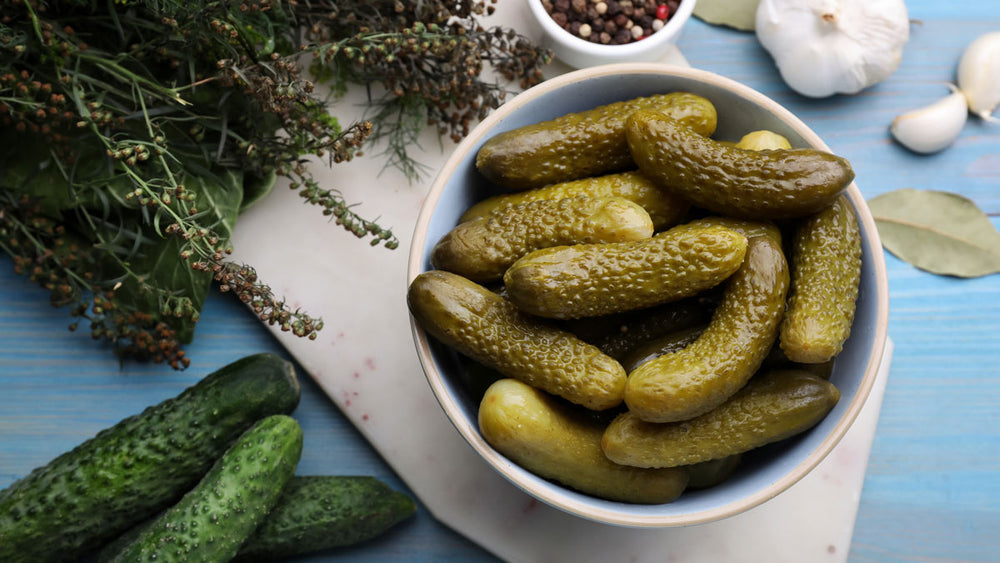
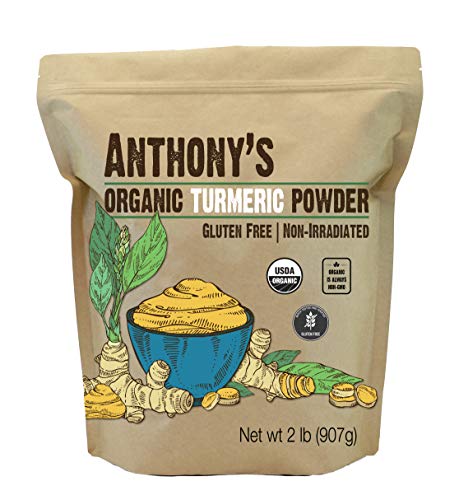
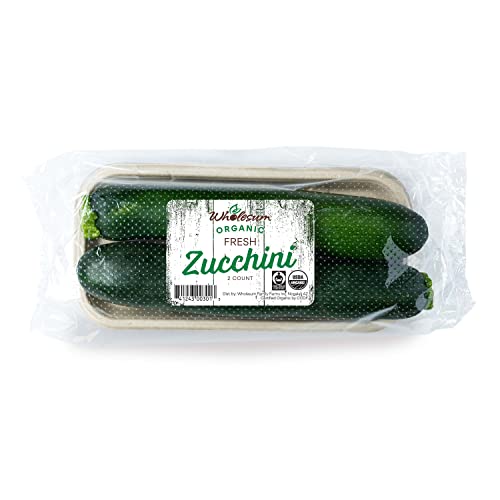
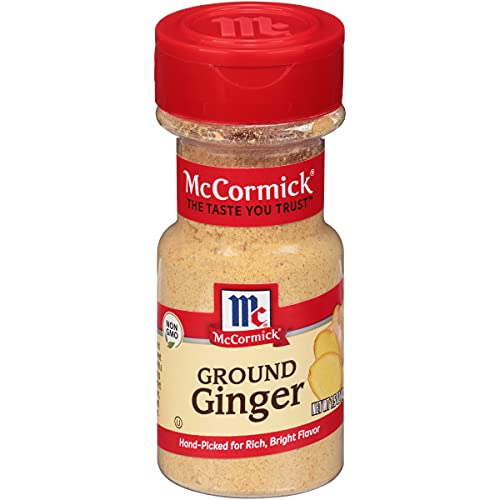
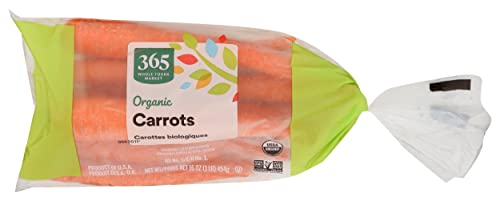

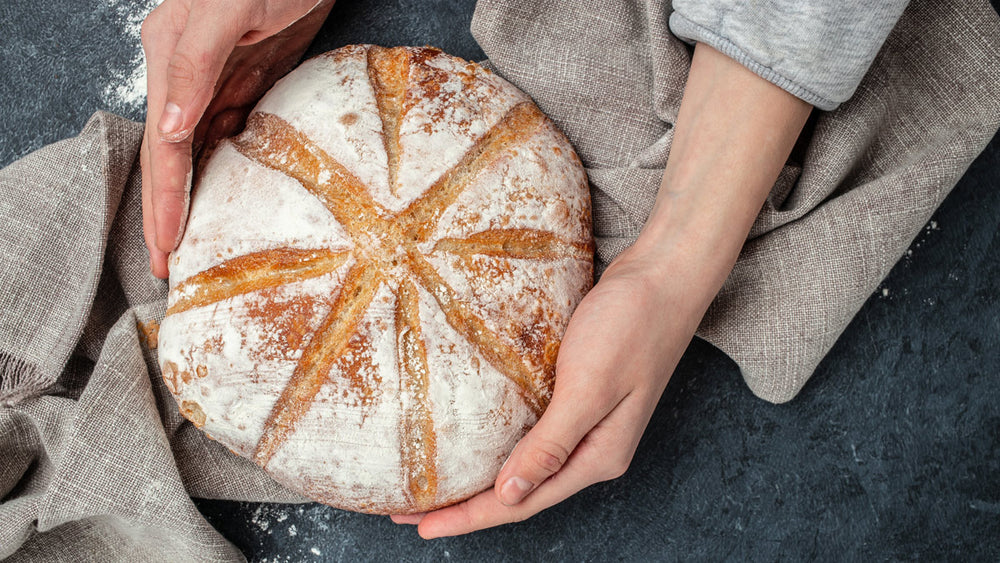



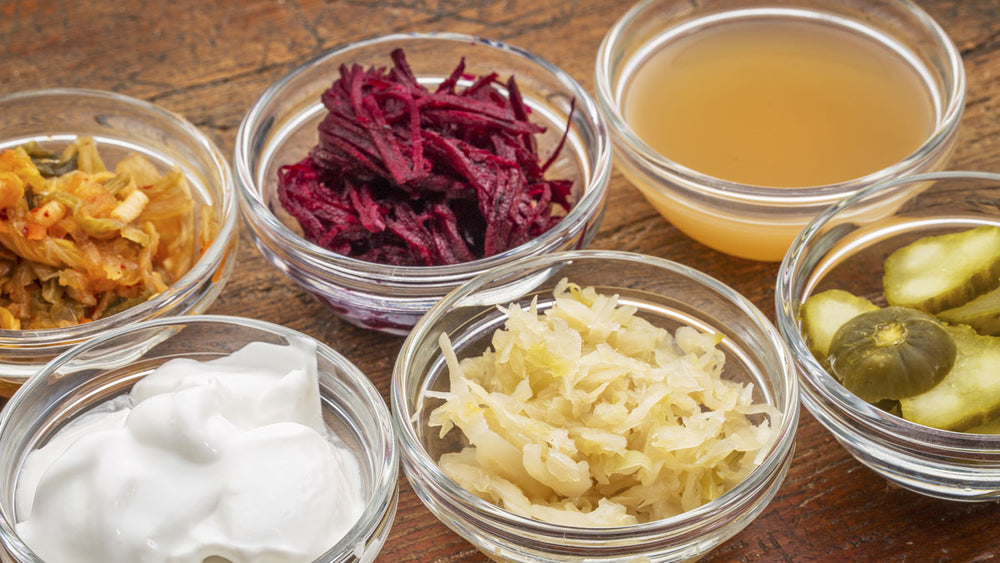









Comments
Join The Conversation...